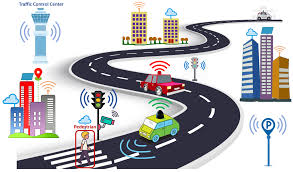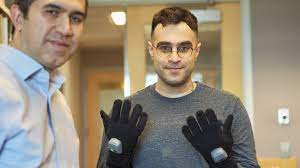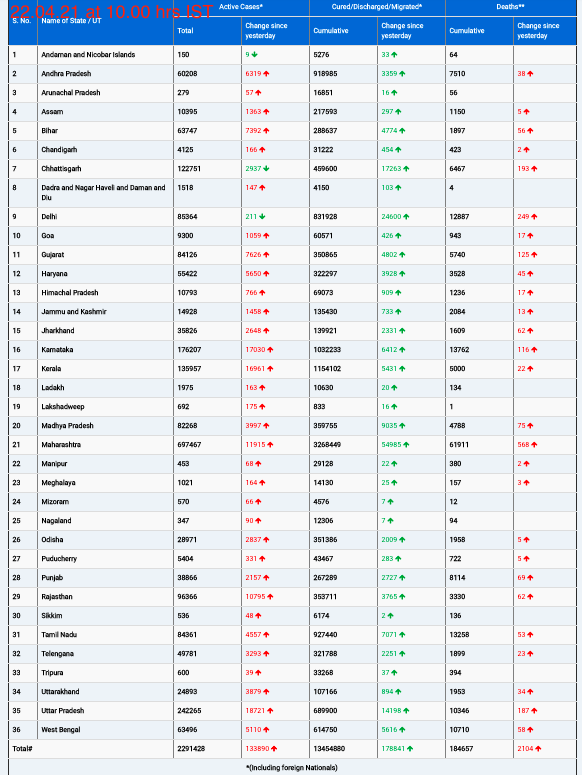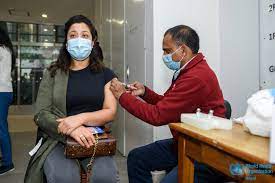In an innovative study published on June 6 in the British Medical Journal (BMJ) of Injury Prevention, Dr. Quynh Nguyen, an epidemiologist and statistician at the University of Maryland School of Public Health, reveals a novel use of Google Street View (GSV) to identify critical environmental factors that impact road safety. This research highlights how certain elements of the built environment can either increase or decrease the risk of car-related collisions, cyclist accidents, and pedestrian incidents.
“Car crashes are the leading cause of death for young people between 5 and 29 years old. So it’s crucial to understand how the physical environment can increase or lessen fatal collisions and which communities are most affected by this,” says Nguyen. She is a professor whose work integrates technology and big data to address health disparities.
Nguyen and her team utilized GSV, an AI tool providing 360-degree views of streets globally, to analyze the built environment’s influence on car crashes. By virtually mapping various road features nationwide, such as streetlights and greenery, they were able to draw significant conclusions about their impact on traffic safety.
“Because we could crunch such a large amount of GSV data from across the country, we got precise results on which built elements influence car crashes. It was clear that places with higher levels of greenery, streetlights, single-lane roads, and sidewalks were associated with fewer fatal car crashes,” Nguyen explains.
The study found that sidewalks had the greatest impact on reducing traffic accidents. Areas with more sidewalks experienced 70% fewer traffic incidents, while regions with single-lane roads, commonly found in rural areas, saw a 50% reduction in accidents.
For pedestrians and cyclists, streetlights and stop signs were crucial safety features, correlating with fewer accidents involving vehicles. Conversely, areas with ongoing road construction faced an increase in collisions.
“Many of the public health issues communities face are often solvable,” says Xiaohe Yue, a data analyst in the UMD School of Public Health (SPH) and study co-author. “Emerging technologies and access to extensive data sources have been helpful in finding solutions to some of the public health issues that plague populations.”
The researchers hope their findings will guide transportation and infrastructure policies, providing practical options for decision-makers to enhance road safety for all users.
“We hope that our work will lead urban planners and developers to consider the built environment more carefully and so design safer streets and communities,” says co-author Heran Mane, a data analyst collaborating with Yue in SPH.
Nguyen envisions a new research pathway emerging from this study.
“We are seeing a rise in leveraging data science and AI to enable larger, more efficient, and more timely studies like this one,” Nguyen says. “This research is one demonstration of how we can use AI to improve public health, and we know there’s so much more to come.”
Nguyen and her colleagues plan to expand their research to examine additional built environment indicators across the United States and explore these features in other countries as well.
For more information, refer to the study: Quynh C. Nguyen et al, “Leveraging computer vision for predicting collision risks: a cross-sectional analysis of 2019–2021 fatal collisions in the USA,” Injury Prevention (2024).











